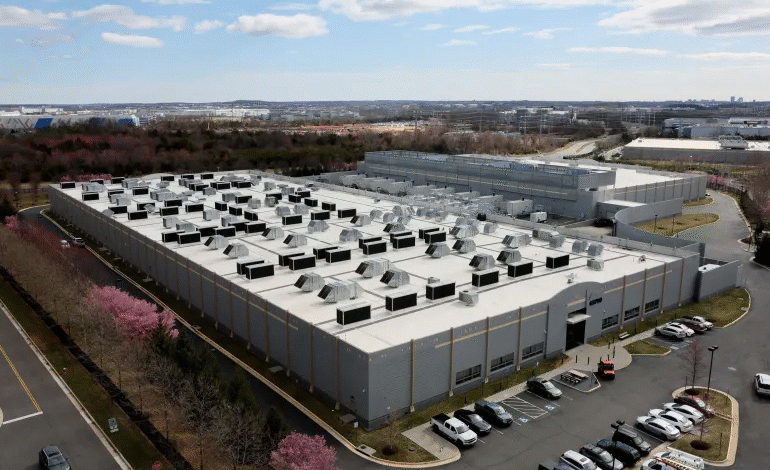US Bitcoin Mining Sites Poised to Become Strategic AI Infrastructure

Recent estimates from Morgan Stanley indicate that Bitcoin mining sites in the United States are preparing to become a critical part of the global artificial intelligence infrastructure.
According to a report published by Investing.com, 2026 could witness a “surge in demand for computing capacity, an acceleration in energy access deals, and potentially a transformative development in large language models.”
Massive Capacity in Operation and Development
The report highlights that US Bitcoin mining companies currently operate approximately 6.3 gigawatts of major active sites, with an additional 2.5 gigawatts under construction and 8.6 gigawatts in development.
These capacities provide AI players with faster access to power and lower execution risks, a rare advantage amid the global race for energy dedicated to data centers.
Deals and Untapped Potential
Morgan Stanley analysts noted that Bitcoin mining sites offer AI operators “the fastest time to energy with the lowest execution risk,” predicting that the value of this advantage will grow over time.
The report also pointed out that shares of mining companies are still trading at low multiples relative to enterprise value per watt, despite surging energy demand. Completed conversion deals indicate significant upside potential, with valuations in some cases far below those of comparable energy and tech sectors.
Projected Data Center Capacity Gap
Models reviewed by the bank suggest that the world could face a 45-gigawatt power shortfall for data centers by 2028, even under optimistic assumptions for natural gas, nuclear, or alternative energy solutions.
Analysts argue that converting Bitcoin mining sites into high-performance computing (HPC) data centers could close a substantial portion of this gap, making them a strategic option amid rapid AI expansion.
Investing.com concluded that the economics of converting mining operations to data centers are not yet fully understood, but the shift is likely to support long-term infrastructure investments, potentially managed in the future through investment structures similar to real estate investment trusts (REITs).








